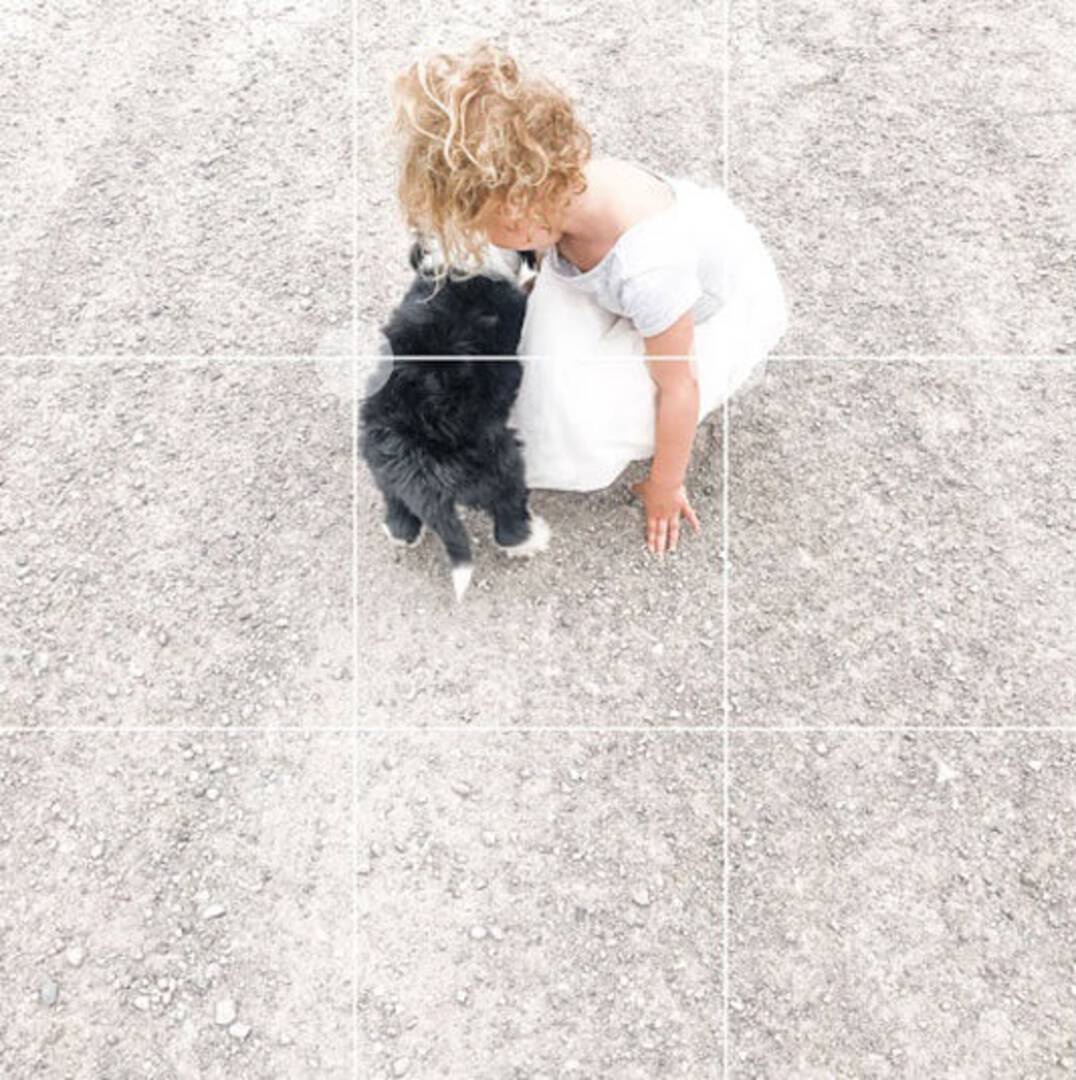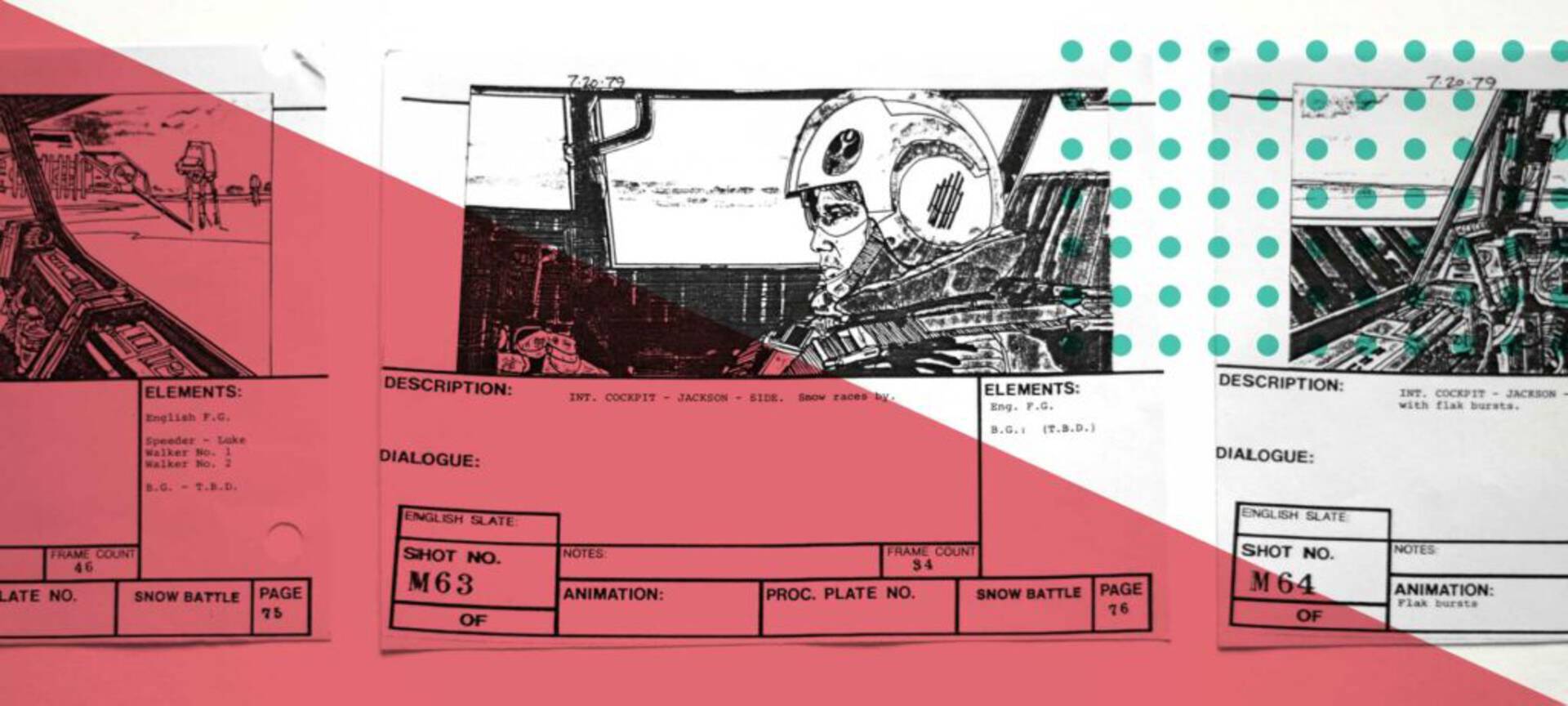April 12, 2019 – Jake Smith
User experience design tips from film theory
In a 1994 interview, French-Swiss film director Jean Luc-Godard was asked about on-screen movement in his 1985 film Hail Mary.
“Yes, it teaches us about the human body and how we look at things. Cinema is not a series of abstract ideas, but rather the phrasing of moments,” he responded.
His answer applies to UX design and brand strategy, though out of context.
How?
As cinema isolates moments in its creative work to develop an emotion and reaction from its audience, so, too, does user experience design and branding.
Creativity is often a matter of combining seemingly separate ideas.
So, it would behoove businesses to learn from other creative practices, in this case movies, to innovate and grow.
We can learn from film theory to inform design and branding overall.
Here are four examples:
The Schreiber theory and its parallel to UX design and development teams
The Schreiber theory reassigns the authorship credit of films from the director to the writer.
In his 2006 book titled The Schreiber Theory: A Radical Rewrite of American Film History, David Morris Kipen argued that a film’s principle author is the screenwriter, not the director.
Kipen’s manifesto attempts to dismantle “auteur theory,” which stated that the director is to be considered the author of a film, given their control over audio and visual aesthetic.
How does this apply to user experience website design?
Internal politics.
Think about the struggle of determining credit for a site once finished.
Does it fall on the creative director?
The designer?
Copywriters?
Developers?
Does it matter?
Diane Garrett, a writer at Variety, had a great point that speaks to this.
“Schreiberism is,” Kipen concludes somewhat disingenuously, “an attempt to rescue reviewing and scholarship from those who would have us forget just how collaborative filmmaking truly is.” If that’s really the goal, why spend 150 pages arguing for the supremacy of the writer? Instead say what you really mean: Don’t forget the writer, please.
That’s it. It’s collaborative.
Profit is collaborative, not owned by a sales team.
Conversions are collaborative, not owned by a conversion rate optimization specialist.
Design is collaborative, not owned by director, designer, or developer.
By gathering personal recognition and developing personal reputation, we sometimes forget about the sum total of all parts.
Sure, the Pareto distribution (80% of results stem from 20% of causes) plays a role in this, but as Omada Health CMO Andréa Mallard said, design is too important to be left solely to designers.
What brand strategists can learn from Soviet filmmakers
Montage theory was popularized by Soviet filmmakers during the 1920s, particularly Sergei Eisenstein — though it’s often referenced as the Kuleshov effect — when he said that “montage is an idea that arises from the collision of independent shots … each sequential element is perceived not next to each other but on top of each other.”
This applies to brand strategists and brand identity.
Alfred Hitchcock illustrated this concept in a video describing editing as the crux of filmmaking.
He showed two different sequences of shots — one wherein a shot of a woman holding a baby is cut to a close up of an old man’s face smiling, and another wherein a shot of a woman in a bikini is cut to a close up of an old man’s face smiling.
As Lewis Michael Bond from Cinema Cartography puts it, when two shots are placed next to one another, a third meaning is introduced. It’s a psychological suggestion.
Branding in websites, logos, verbiage, tone, and public statements is always influenced by its juxtaposition against the surrounding context.
A logo placed next to multimedia is intended to associate the identity of the organization with the content of the message in the medium. This is done to great effect, and to detrimental effect.
As we make business decisions and creative choices, we also find this in the laws of user experience.
Everything is related when placed in proximity.
Per the law of proximity in Gestalt principles, the human eye perceives connections between visual elements.
This is a serious topic in print media layout. For example, the two separate stories on the cover of this magazine might be misinterpreted as being one package. The Queen of England is not being hunted as Britain’s cruelest criminal.
Be mindful of how and where elements are placed on a page. The effects could be totally skewed.
While we’re on Gestalt, there’s another film theory to consider.
The mise en scene of web design
“Mise en scene” is a French term roughly meaning “placing on stage.” It has a place in web design.
The term means that what you place within the frame contributes to the entire work.
Or:
Everything within composition contributes to its outcome.
No Film School has a decent article about mise en scene. They say it’s “‘everything within the frame that makes up the frame,’ … This includes lighting, costuming, camera placement, camera angle, props, blocking, lenses, even film stock — literally everything — I mean it.”
This translates to websites.
The furnishings of a website should support an overarching aesthetic, each page just one brush in a painting.
What do you place above the fold? How do customers sign up for your services?
Which words are on the page? Why those and not these?
How are users guided through a website? How do pages transition from one to another?
The utility of a website is in every button, every menu, and every image. Its usefulness is directly proportional to the culmination of its parts.
Steven Bradley wrote in Smashing Magazine that Gestalt is summarized by a quote from Kurt Koffka: “the whole is other than the sum of the parts.”
The color choice of your navigation menu isn’t just what looks good.
The placement of the logo in the upper left corner isn’t just a tried-and-true practice. It’s intentionally placed because of eye line.
The examples go on and on.
The point is this:
Design isn’t just pretty stuff on a page. It’s a serious effort to serve an audience, and it’s influenced by every single decision you make.
Every choice is connected to something higher, which leads us to the last topic.
How the Pixar Theory is an extension of UX design theory
Ok, this one is a stretch. But it’s fun.
The Pixar Theory states that all of the Pixar movies actually exist within the same universe. The official website explains it much better than I can, so click the link to get the full picture.
Basically, the Toy Story movies are in the same world as, for example, Finding Nemo and the Cars movies.
There’s a full plot outlined by the people who came up with the idea, and it’s matched by easter eggs dropped into all the movies. There’s a pizza delivery truck that finds its way into multiple scenes across movies, and there are references to other movies’ characters peppered in here and there.
How the hell does this relate to UX design theory?
Well, there’s Jakob’s Law of the Internet User Experience.
Jakob Nielsen says “users spend most of their time on other sites. This means that users prefer your site to work the same way as all the other sites they already know.”
The entire web is connected, which means a brand’s choices and decisions create an echo of best practices across industries.
Think carefully about your great idea. You don’t have to conform to every other website ever and limit the progression of innovation, but take into account whether people will actually understand.
If people take too long to figure out how to navigate your site, they’ll hit that little “x” on their internet browser tab. Your bounce rate and time on page has an extraordinary impact on business results, so it’s important to take Jakob’s Law into account, whether or not you fully agree.
Brands and websites are what you make of them.
But if they’re the digital manifestation of your livelihood, how much wiggle room do you have?






